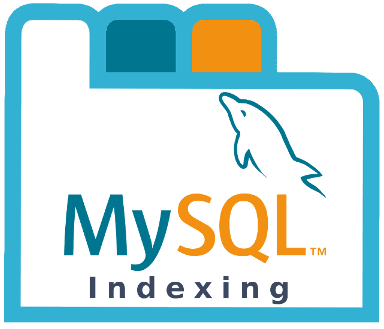Tag: Create
Best Practices for Firewall Rules
Basic Firewall Rules
In a firewall rule, the action component decides if it will permit or block traffic. It has an action-on-match feature. For example, if the traffic matches the components of a rule, then it will be permitted to connect to the network. It is essential to consider the potential security risks when modifying a firewall rule to avoid future issues. Following firewall rules best practices can help you maximize the effectiveness of your solution.
How to Install and Configure Uncomplicated Firewall on Ubuntu 20.04
Introduction

Just as regular visitors reach our server every day, so do others with more nefarious intentions. It is simply not reasonable to run an online service without some layer of protection. To protect against some of these attacks, Ubuntu ships with ufw (Uncomplicated Firewall). This is a tool designed to make Ubuntu firewall management as easy and user-friendly as possible. Specifically, ufw provides a cleaner interface for the core firewall tools netfilter and iptables, which, while robust, can be challenging to master.
Using Telepresence to Improve Microservice Development

What is Telepresence?
Initially developed by Datawire, Telepresence is a new open-source tool supported by the CNCF (Cloud Native Computing Foundation). It allows developers to run local software while connected to a remote Kubernetes cluster. The application uses a two-way network proxy to simulate TCP connections, environmental variables, and other volumes of services as local processes. This link allows for remote work to be accomplished while seemingly local to the cluster via the proxied connection.
How to Install and Configure ClickHouse on Ubuntu 20.04
What is ClickHouse?

ClickHouse is an open-source column-oriented DBMS (or database management system) primarily used for OLAP (or the Online Analytical Processing of queries). It is capable of blazing fast generation of real-time analytical data and reporting utilizing SQL queries. It is fault tolerant, scalable, highly reliable and contains a feature rich tool set.
How to Install and Configure Rancher K3s
What is Rancher K3s?

K3s is an official Cloud Native Computing Foundation sandbox project that brings a lightweight, fully compliant Kubernetes distribution designed for lower resource production models like remote locations or on an IoT device. When used in conjunction with Rancher, K3s can easily be managed from within the Rancher orchestration platform.
How to Install and Configure the Kubernetes Dashboard
The web-based Kubernetes console is an interface that provides information about the state of the Kubernetes cluster. The dashboard is also used for deploying containerized applications as well as for general cluster resource management. Traditionally, kubectl is primarily used in the terminal for nearly all cluster related tasks. Still, it is useful to have a visual representation of our cluster in a user-friendly interface. To install the dashboard, kubectl needs to be installed and running on the server.
How to Install Kubernetes Using Kubeadm on Ubuntu 18
What is Kubernetes?

In this article, we review what Kubernetes and Kubeadm are, how to install, create a cluster, and set up worker nodes using Kubeadm. If you are not yet familiar with Kubernetes, we recommend reading our article on the fundamental basics of Kubernetes.
How to Install and Configure Minikube on Ubuntu
Introduction
This article will demonstrate how to install and configure Minikube to set up a small Kubernetes cluster. We will then examine Kubernetes in more detail to apply that knowledge to a real-world example.
MySQL Performance: How To Leverage MySQL Database Indexing

Throughout this tutorial, we will cover some of the fundamentals of indexing. As part of the MySQL series, we will introduce capabilities of MySQL indexing and the role it plays in optimizing database performance. Liquid Web recommends consulting with a DBA before making any changes to your production level application.
How to Install Kubernetes on Ubuntu, macOS, and Windows
What is Kubernetes?
Kubernetes (or K8s) is an open-source container orchestration system for automating computer application deployment, scaling, and management. Kubernetes manages and runs Docker containers on numerous hosts. The project was started by Google and is supported by many companies, including Microsoft, RedHat, IBM.
Our Sales and Support teams are available 24 hours by phone or e-mail to assist.

